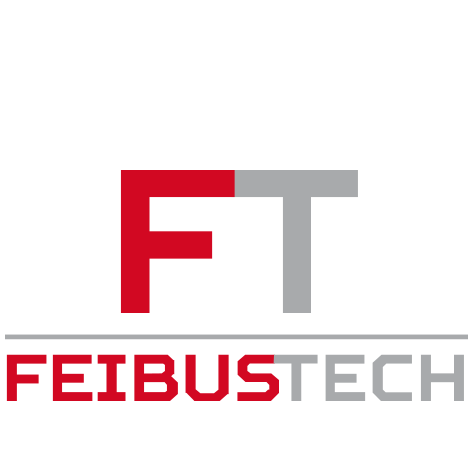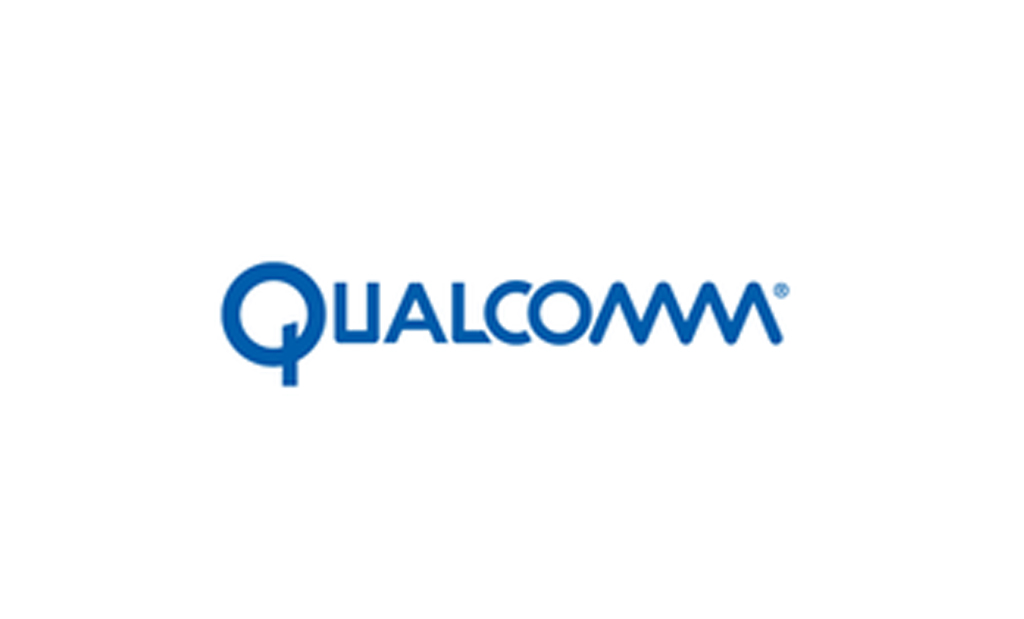For those with a stake in consumer PC sales, there is cause for hope this year.
The environment is much improved from 2012’s disastrous holiday season. For one thing, the tablet market is fatigued. The pace of change in media tablets has slowed, so those devices aren’t nearly so alluring this year. That’s probably just as well because most people who wanted to buy a tablet already have one. Or two. Plus, demand has migrated to 8-inch tablets from the 10-inch range, so it’s now much easier to differentiate even the smallest new Windows 8 machines.
Innovation may be plateauing in media tablets, but it’s alive and well in the laptop space. The new 2-in-1’s – laptops that also function as tablets – are noticeably thinner, lighter, and sturdier than last year’s crop. They’re uber-responsive, so you won’t think twice going to your go-to device. And the battery life is far better, which means you won’t regret depending on your laptop so often.
The shopping is also much better this year because there are so many 2-in-1’s to choose from. The major manufacturers are all offering a range of models, from the sharp, clever envy-inducers all the way down to entry-level dual-mode models as low as $500. There’s a 2-in-1 for everyone, you might say.
Displays span from tablet size all the way up to the 15.5-inch range. And there are different schemes for switching to tablet mode, as well. HP’s Split X2 sheds the keyboard, while others, like Lenovo’s Yoga2 Pro or the Flip from Sony, tuck the keyboard away. There are even tablet-first 2-in-1s like Asus’ T100, which can pinch-hit as laptops.
Retail layouts are much improved from last year, when about the only way to figure out which systems incorporated touch was to go around poking screens. Stroll into a store today and it’s much easier for consumers to figure out what choices they need to make. The traditional notebooks are now separated from the touch-enabled systems. And the touch PCs are further divided into clamshells and 2-in-1’s.
Consumers are really warming to the notion of double-duty systems. Microsoft’s Surface ads – and now Intel’s new spots promoting the two-in-one concept – are resonating with consumers, who are far more willing to listen this year. For one thing, their PCs – many of which were ready to be replaced last year – are getting pretty long in the tooth. And while consumers may not be bolting to the store to snap up a new Surface, the messages are impacting consumer preferences. I’ve been toting a Surface Pro on the road lately, and I’m surprised how often people tell me that they want something like that. They want a PC that can function as a tablet. And they really want a USB port. I mean, they really want a USB port.
It could be tablet fatigue. Or it could be that the pendulum is swinging back toward fewer electronic devices.
The demographic, I’ve observed, that buys into the two-in-one value proposition with more conviction than any other is the 25- to 34-year-old crowd. They’re just starting to build disposable income, so they’re much less inclined to have dropped hundreds of dollars on a tablet over the past several years. They’ve been making do with an older laptop or netbook. They type on their keyboards and longingly watch tablet users across the coffee shop cradling their devices and touching the displays.
They know the price of investing in the wrong system – particularly those saddled with netbooks. They want to replace their PCs, not add to their device arsenal. And they want something that is willing and able to scoot the keyboard away and sidle up to them when they sit back to watch a movie or read a book.
It’s not just the 25- to 34-year-olds, though. There are lots of consumers out there with old PCs they’re ready to replace. For them, there is a stable of spectacular systems to entice them, a sales channel that is far better prepared to help them hone in on what they want and fewer distractions to obstruct the purchase.
Sounds like a pretty good holiday season to me.
—-
Mike Feibus is principal analyst at TechKnowledge Strategies, a Scottsdale, Ariz., market research firm focusing on client technologies. You can reach him at [email protected]




